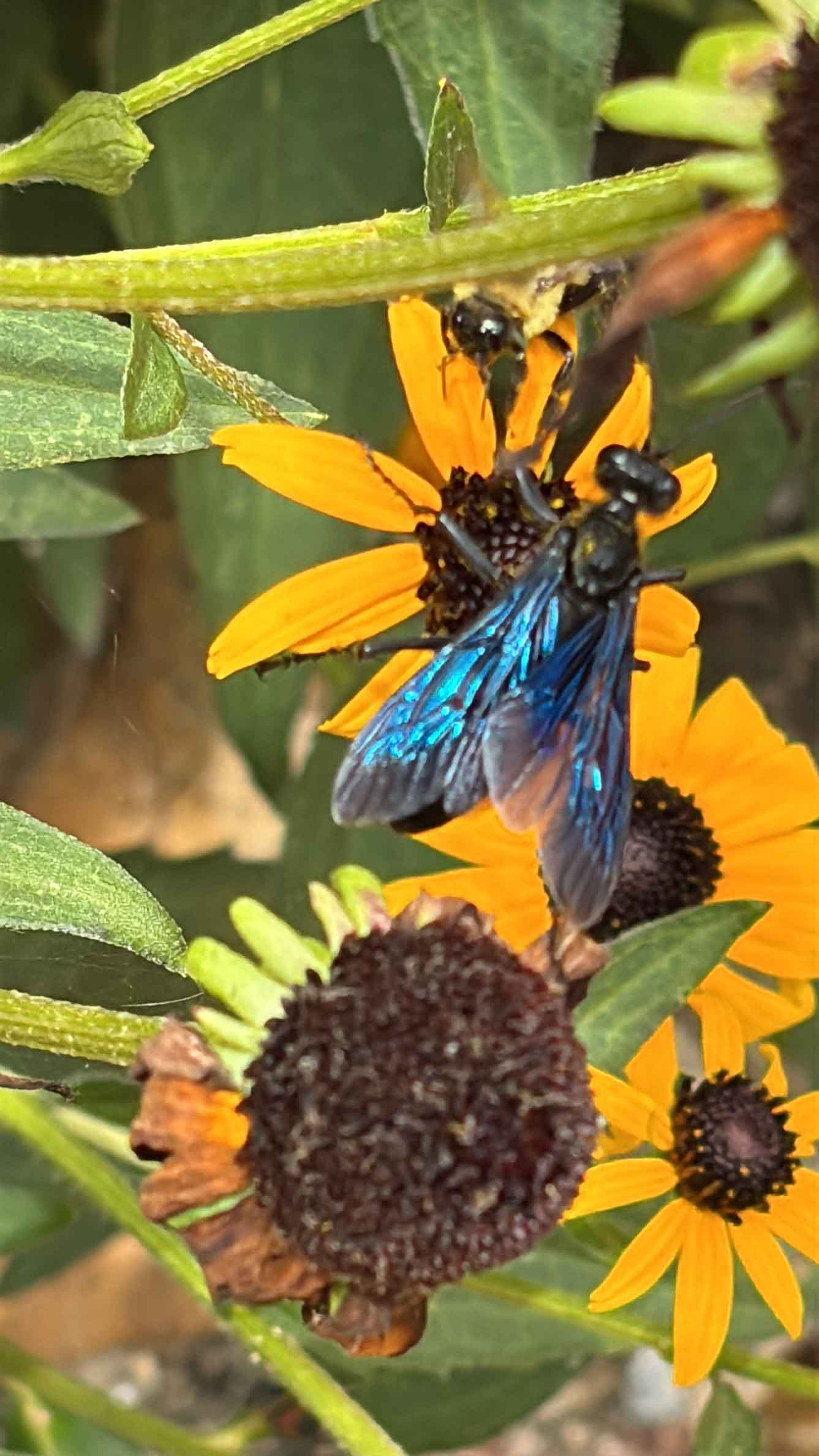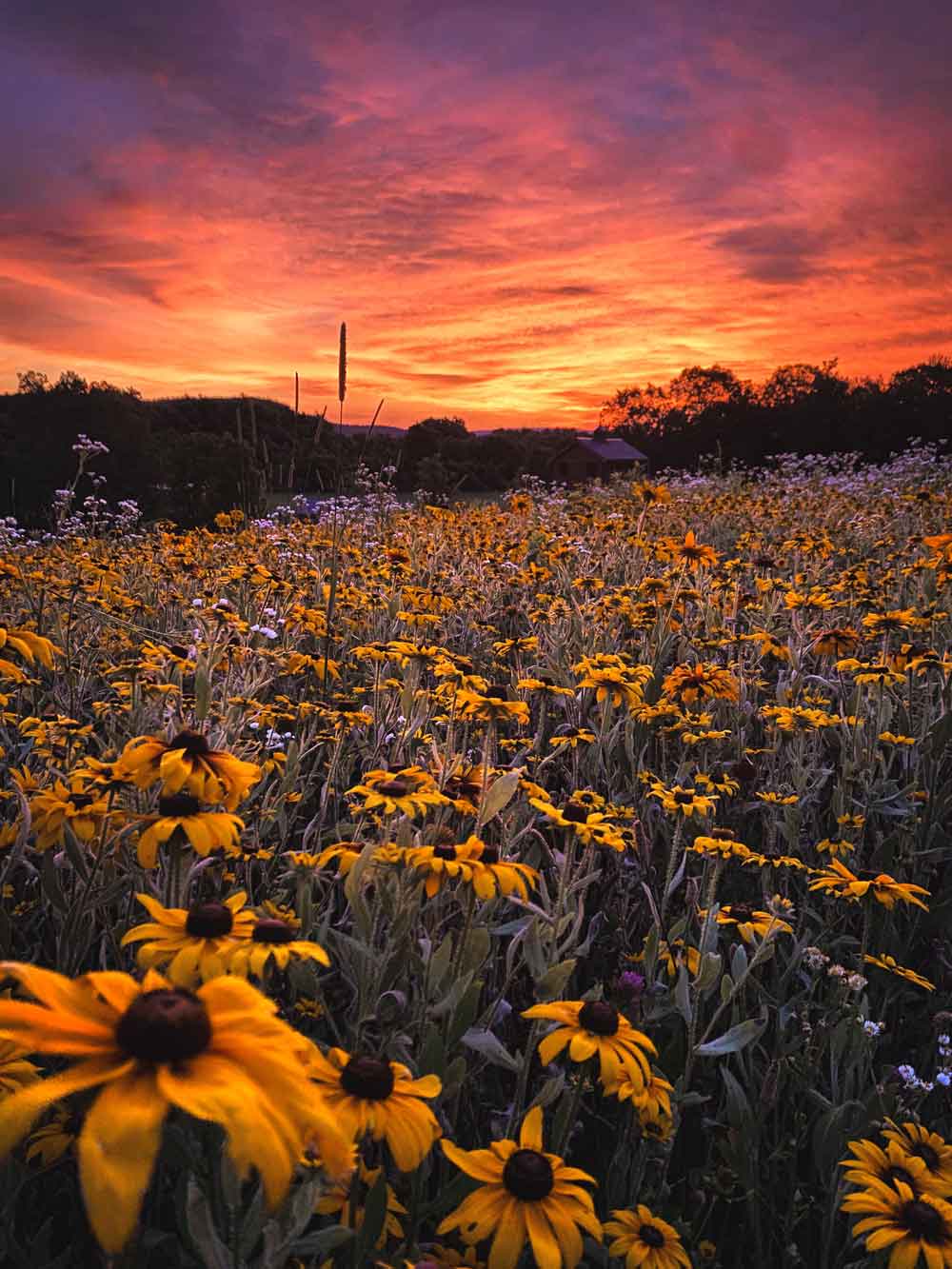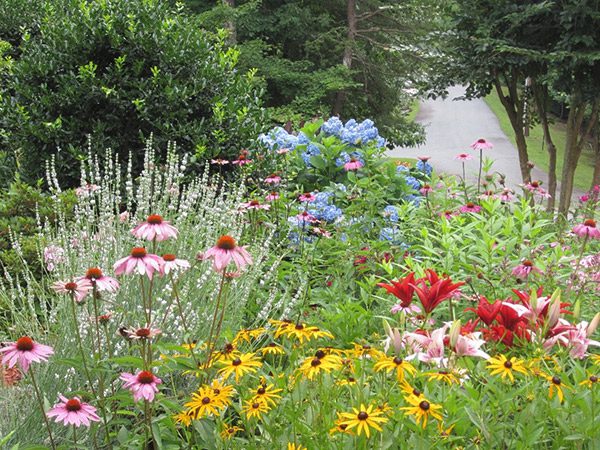About Black Eyed Susans
A stalwart of any wildflower meadow, Black Eyed Susan is perhaps the most emblematic of the classic North American wildflowers. It is extremely resilient and boasts beautiful, yellow, daisy-like flowers with a dark chocolate color center. Native to the eastern United States, it has been largely naturalized throughout the rest of the country.
When to Plant Black Eyed Susan Seeds
Black Eyed Susans do best when the soil temperature is at 70°F – which is between March and May for most of the U.S.
Where to Plant Black Eyed Susan Seeds
Black Eyed Susans thrive in full-sun conditions. They also do well in a wide-range of from clay to loam. If you have sandy soil prone to drying out, amend the soil with organic matter.
How to Plant Black Eyed Susan Seeds
The first step when planting Black Eyed Susans is to cold moist stratify your seeds. This can be achieved by planting several weeks before your final frost, or simulating these conditions in your refrigerator several weeks before planting. Broadcast sow directly onto the surface of the soil and compress them down, leaving the seeds uncovered.
How to Care for Black Eyed Susan
Be sure to remove faded and dying flowers to extend the blooming period. If Black Eyed Susans are deadheaded, a second bloom may appear in the fall.







